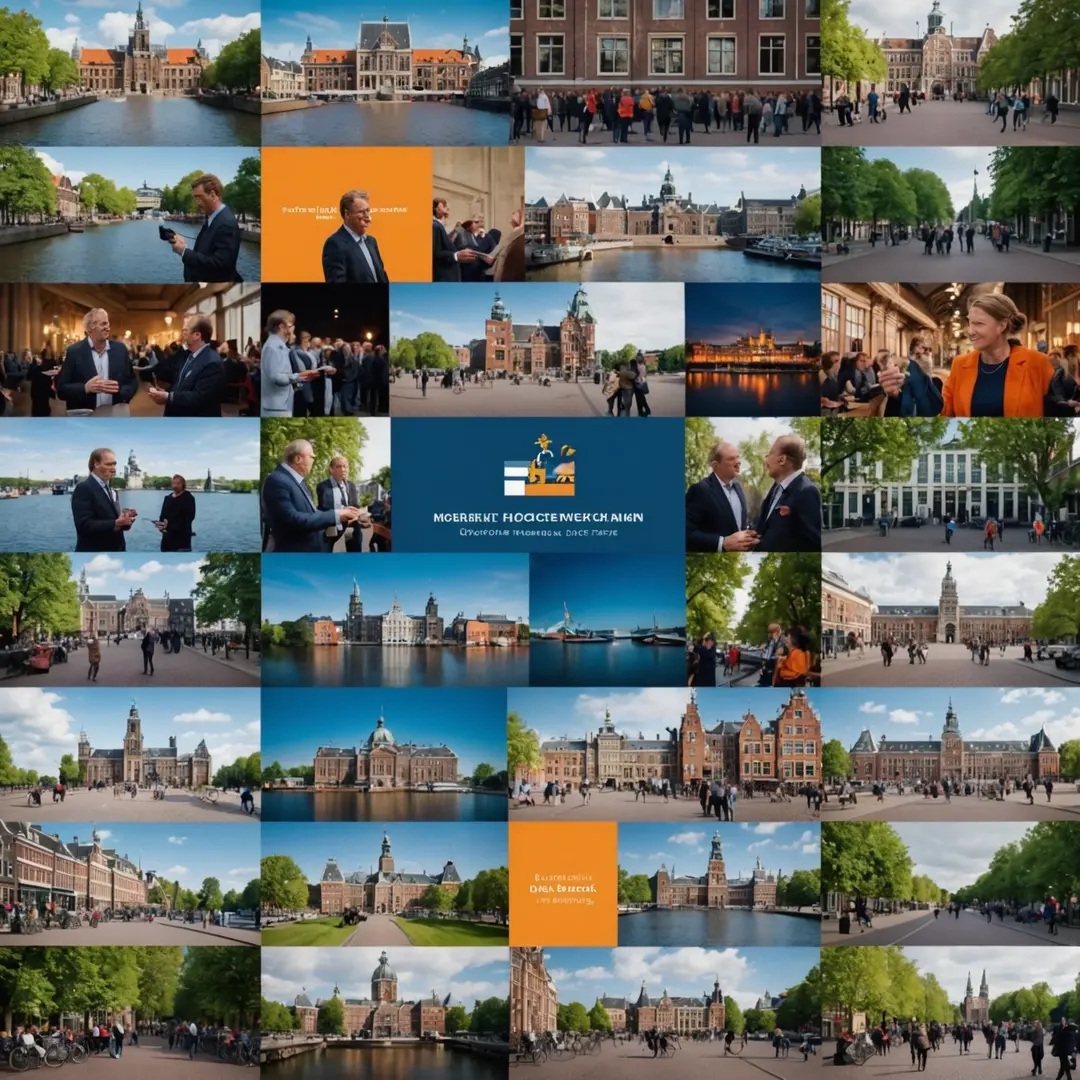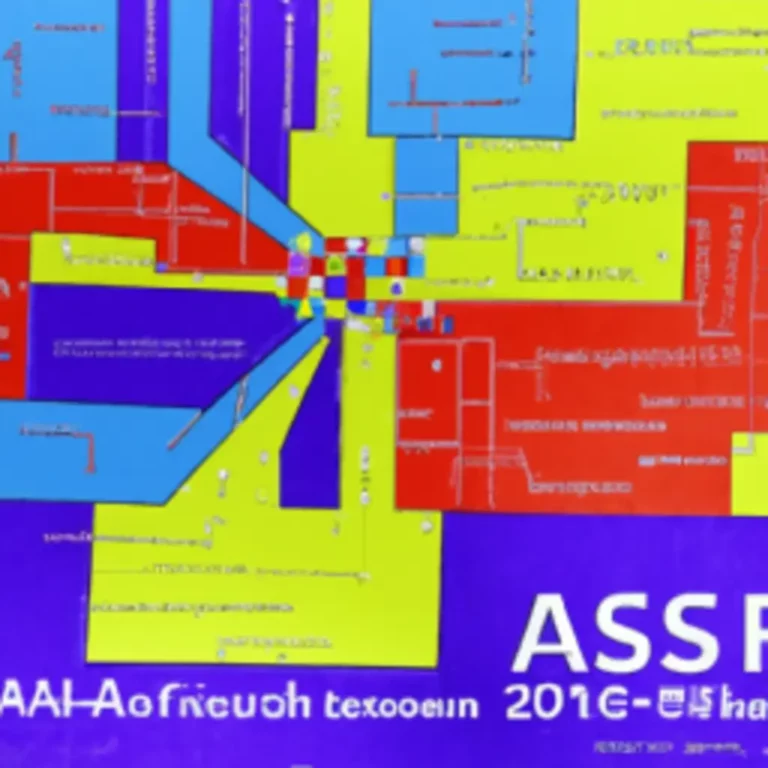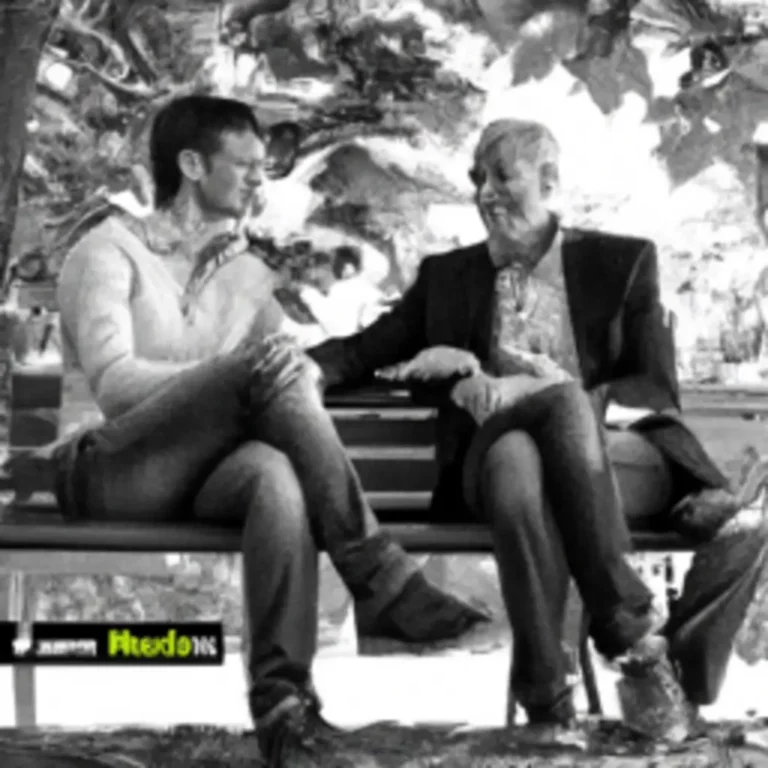5 ways for governments to use storytelling in social media
Table of contents
- Why storytelling matters for governments
- Understanding the Dutch social media landscape
- Effective storytelling techniques for governments
- Examples of Dutch government storytelling success
- Tips for civil servants using social media
Why storytelling matters for governments

Building trust and connection with citizens
In today’s digital age, storytelling has emerged as a powerful tool for governments to connect with their citizens. By sharing authentic narratives, governments can foster trust and transparency, which are essential for effective governance. When citizens see their stories reflected in government communications, it creates a sense of belonging and community. This connection can lead to increased civic engagement and a more informed populace.
Humanizing government work and its impact
Government work often seems distant and bureaucratic, but storytelling can humanize the efforts of civil servants. By highlighting the challenges and triumphs of public service, governments can showcase the real people behind policies. This approach not only makes government more relatable but also emphasizes the positive impact of their work on everyday lives. When citizens understand the motivations and struggles of their leaders, they are more likely to support initiatives and policies.
Increasing engagement and reach
Engaging storytelling can significantly boost a government’s reach on social media platforms. Compelling narratives encourage shares, likes, and comments, which in turn amplify the message to a broader audience. When citizens feel emotionally connected to a story, they are more likely to engage with the content and share it within their networks. This organic reach is invaluable for governments aiming to communicate effectively with diverse communities.
Understanding the Dutch social media landscape

Popular platforms and their demographics
The Netherlands has a vibrant social media landscape, with platforms like Facebook, Instagram, and Twitter being widely used. Each platform attracts different demographics, making it crucial for governments to tailor their storytelling strategies accordingly. For instance, younger audiences may be more active on Instagram, while older generations might prefer Facebook. Understanding these nuances helps civil servants craft messages that resonate with specific groups within the community.
Current trends in Dutch social media
As social media evolves, so do the trends that shape how stories are shared and consumed. In the Netherlands, there is a growing emphasis on authenticity and relatability in online content. Citizens are increasingly drawn to stories that reflect their own experiences and challenges, leading to a demand for more grassroots narratives. Additionally, the rise of short-form video content, such as TikTok, is changing the way stories are told and consumed, pushing governments to adapt.
Effective storytelling techniques for governments

Showcasing real stories from real people
One of the most impactful ways for governments to tell their stories is by showcasing real experiences from citizens. Highlighting the stories of individuals affected by government policies can create a deeper understanding of their importance. When citizens see their own stories represented, it fosters a sense of connection and relevance. This approach not only humanizes policies but also encourages others to share their experiences, enriching the narrative further.
Highlighting the experiences of citizens impacted by government policies
By featuring the journeys of citizens who have benefited from or been affected by government initiatives, a more personal connection is established. These narratives can illustrate the tangible effects of policies, making them more relatable and understandable. For instance, a story about a family receiving housing assistance can highlight the positive impact of social programs, encouraging support for similar initiatives.
Featuring the work of civil servants
In addition to citizen stories, showcasing the dedication and efforts of civil servants can enhance the narrative. Sharing behind-the-scenes glimpses of their work humanizes the bureaucracy and makes it more accessible. When citizens see the passion and commitment of those working in government, it builds trust and respect for public institutions. This can also inspire future civil servants and encourage a culture of service.
Using visuals and multimedia
The integration of visuals and multimedia elements is essential in modern storytelling. Images, infographics, and videos can convey complex information quickly and effectively, making them ideal for social media. Visual storytelling captures attention and can evoke emotions, enhancing the overall impact of the message. Governments should leverage these tools to create engaging content that resonates with their audience.
The power of images and videos in storytelling
Images and videos can significantly enhance the storytelling experience by providing a visual context. A powerful image can convey emotions that words sometimes cannot, making the narrative more compelling. For example, a video showcasing a community event can bring to life the vibrancy of local initiatives, encouraging participation and support. Governments should prioritize high-quality visuals to elevate their storytelling efforts on social media.
Examples of successful visual storytelling by governments
Numerous governments have successfully utilized visual storytelling to engage their citizens. For instance, the City of Amsterdam often shares visually rich content that highlights local events, cultural initiatives, and community stories. These efforts not only inform citizens but also foster a sense of pride and belonging within the community. By analyzing such examples, other governments can draw inspiration for their own storytelling strategies.
Finding the right tone and voice
The tone and voice used in storytelling play a crucial role in how messages are received. Governments should strive to balance professionalism with authenticity, ensuring that their communications are relatable yet respectful. A friendly and approachable tone can encourage citizens to engage with the content, while overly formal language may alienate them. Finding this balance is key to effective storytelling in the public sector.
Balancing professionalism with authenticity
Authenticity is vital in building trust with citizens. Governments should aim to present their messages in a way that feels genuine and approachable. By sharing personal anecdotes or showcasing the human side of public service, governments can create a more relatable image. This authenticity fosters a stronger connection with the audience, encouraging them to engage with the content.
Avoiding jargon and bureaucratic language
One of the common pitfalls in government communication is the use of jargon and bureaucratic language. This type of language can create barriers between the government and its citizens, making it difficult for them to understand important messages. By using clear, simple language, governments can ensure their stories are accessible to everyone. This approach not only enhances understanding but also encourages greater engagement from the community.
Examples of Dutch government storytelling success

Case study: City of Amsterdam
The City of Amsterdam has effectively utilized storytelling to engage its citizens through various social media campaigns. By sharing stories that highlight local culture, community events, and citizen experiences, the city has fostered a strong sense of community pride. Their use of visuals and personal narratives has not only informed citizens but also encouraged participation in local initiatives. This approach has positioned Amsterdam as a model for effective government storytelling in the digital age.
Case study: Dutch Ministry of Education, Culture and Science
The Dutch Ministry of Education, Culture and Science has also embraced storytelling to communicate its initiatives. By featuring the stories of students, teachers, and educational programs, the ministry has effectively illustrated the impact of its policies. Their campaigns often include engaging visuals and relatable narratives, making complex educational topics more accessible. This strategy has helped the ministry connect with a diverse audience, from students to educators, fostering a sense of community within the education sector.
Tips for civil servants using social media

Overcoming the fear of social media
Many civil servants may feel apprehensive about using social media due to concerns about public scrutiny or miscommunication. However, embracing social media can be a powerful way to connect with citizens and share important information. Training and support can help civil servants build confidence in their online presence, enabling them to share stories effectively. By starting small and gradually increasing their engagement, civil servants can overcome their fears and leverage social media for positive impact.
Staying ethical and transparent
Ethical considerations are paramount when using social media as a government representative. Civil servants must ensure that their communications are transparent and adhere to established guidelines. By being open about their intentions and the information they share, they can build trust with the community. This transparency is essential for maintaining credibility and fostering a positive relationship with citizens.
Measuring success and adapting your strategy
To ensure the effectiveness of storytelling efforts, civil servants should regularly measure the success of their social media campaigns. Analyzing engagement metrics, such as likes, shares, and comments, can provide valuable insights into what resonates with the audience. This data can inform future storytelling strategies, allowing governments to adapt and refine their approach based on citizen feedback. By remaining flexible and responsive, civil servants can enhance their storytelling efforts and better serve their communities.





